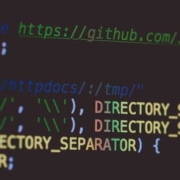"Microservices," the way it stands, is becoming a must-have for a lot of enterprises. It is being touted as the main component if you are leading a digital transformation journey. System integrators are having a field day calling themselves microservices experts. At the end of the day, 90% of implementations are going to fail. Why?
Because microservices by themselves are not the silver bullet. It is excellent armor, but by no means the only piece that you need to convert your legacy monolith — which, by the way, has seen the business grow leaps and bounds — into a lean, modern microservices architecture which will make your digital transformation journey successful. It is going to ruin a lot of C-level reputations.









